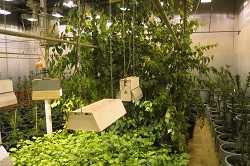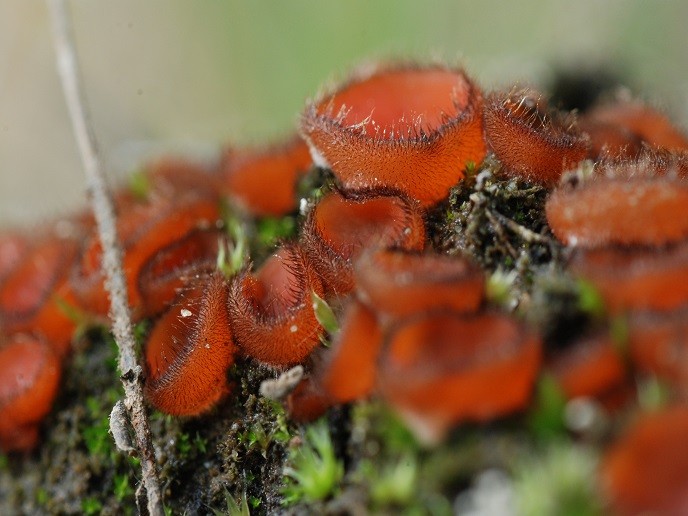DNA sequencing gets to the root cause of variety amongst birch trees
BETWOOD took advantage of breakthroughs in next generation sequencing technology to map the genome of birch accessions representing several geographically distinct populations (in Central and Northern Europe as well as in Siberia and Asia). Genomic sequencing also enabled the team to identify candidate genes, such as LAZY, that underlie the creation of special tree forms, offering clues to adaptation processes. Earlier this year the journal Nature Genetics presented BETWOOD as integral to a wider effort to sequence the silver birch genome. ‘Now we can identify the molecular basis of tree traits!’ Researchers have long been aware of the variation between birch trees within a single forest, as well as across different geographical locations around the world. BETWOOD was able to take advantage of new DNA sequencing methods to look for the molecular basis of such variation. Recalling the methodology, the BETWOOD researcher, Dr. Kaisa Nieminen states, ‘DNA sequencing in a high-throughput manner is now really cost effective, with prices lowering substantially even during the project period. The the real challenge was how to interpret the resulting bioinformatics.’ The project response was to train a whole team of bioinformaticians to interpret the novel genomic data. For the geographical analysis of silver birch (Betula pendula), using so-called selective sweeps, the team were able to conclude that local adaptation had influenced the timing of fundamental plant processes. The team observed that genetic variation around the tightly-linked light response genes PHYC and FRS10, correlated with latitude and longitude and temperature. The same correlation was found for variation in the growth-promoting cytokinin response regulator ARR1, and the wood development genes KAK and MED5A. In the analysis of special growth forms BETWOOD also identified a stop-in-frame mutation in the LAZY1 ortholog (genes that evolved from a common ancestral gene) of the Arabidopsis genus. The team are currently working to confirm whether this mutation explains the 'weeping birch' phenotype popular in various gardens throughout Europe. These polymorphisms and mutations will form a strong basis for further genetic analysis of tree characteristics. As leader of the Birch genome project Professor Ykä Helariutta reflects, ‘It was somewhat unexpected to be able to identify candidate genes for certain traits simply by re-sequencing the variant and comparing that to the reference genome. An analysis of this kind was not possible five years ago in any plant species besides Arabidopsis. Now we can actually identify the molecular basis of tree traits!’ The work continues to branch out Forests function as important carbon sinks, crucial for tackling climate change. Carbon dioxide is absorbed by trees through photosynthesis but carbon released into the atmosphere through the greenhouse effect, is also deposited directly onto tree trunks. According to project coordinator Professor Katri Kärkkäinen it is important to understand the physiology of this process, because as she contends, ‘Global warming through its changes to the composition of the atmosphere also affects the growth condition of trees. Furthermore, as wood is an important industrial resource, a better genetic understanding of it, can facilitate its use in a more sustainable way and potentially contribute to entirely novel future uses.’ Now that BETWOOD has helped establish birch as a new genetic model, the team intends to continue exploiting its short-generation time (at around one year, very short for a tree species) to further explore the genetic variations that result in its geographic and phenotypic diversity.
Keywords
BETWOOD, genome, DNA sequencing, silver birch, bioinformatics, Betula pendula, gene, adaptation, variation, growth forms, mutation, polymorphisms, Arabidopsis







